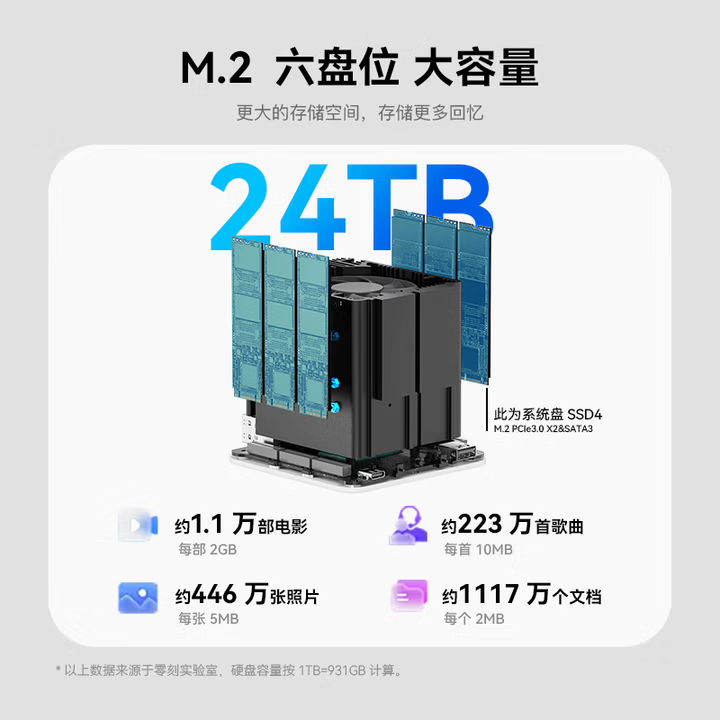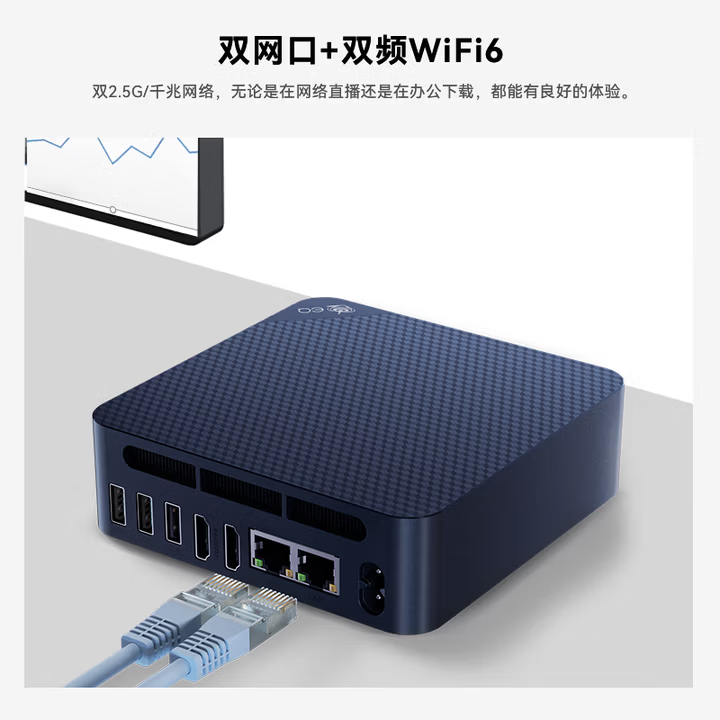原文:https://coral.googlesource.com/docs/+/refs/heads/master/GettingStarted.md
Prerequisites
Check out the repository
We’ve stored our code in Gerrit, and like the Android developers before us, we use repo to manage the projects in our Gerrit repositories.
To get started, first make sure you have a Git login for all our projects by going to googlesource.com/new-password and pasting the provided script into a terminal.
Now you need to pull down a copy of the repo tool from our public facing sites and add it to your path:
mkdir -p bin
export PATH=$PATH:$HOME/bin
curl https://storage.googleapis.com/git-repo-downloads/repo > ~/bin/repo
chmod a+x ~/bin/repo
Make sure you’ve initialized git with your name and email address, and have configured it properly for fetching the sources:
git config --global user.name "Your Name"
git config --global user.email "you@example.com"
Once you‘ve done this, you’re actually ready to check out the sources. Make a new directory where you’d like it to live, and initialize repo with the current release branch.
repo init -u https://coral.googlesource.com/manifest -b release-day
repo sync -j$(nproc)
The board you target determines which manifest you need to init. Each XML file is named after the board’s codename. Our default board type is the Coral Dev Board, also known by the codename enterprise (defined in enterprise.xml).
A current list of boards that are supported is available in the manifest project, listed by codename. To target a non-default manifest, add the -mflag to repo init with the name of the manifest XML file.
Note that some boards require specific groups to be enabled to pull down the correct packages. Contact the authors for more information on what groups are needed for your specific board and situation.
After a short wait, you’ll be ready to go for making changes to the repository and building images.
Prepare your build environment
To build Mendel Linux from source, you will need at least the following:
A 64-bit CPU
Kernel 4.15 or newer
binfmt-support 2.1.7 or newer
Operating Systems
Currently the Mendel Linux build system assumes that you are building on a Debian-based system that uses apt-get as the primary packaging tool. Building on other platforms may be possible, but is currently unsupported.
At the moment, we suggest using Ubuntu 18.10+ or Debian Buster or newer.
Building can be done on Ubuntu 18.04, but you will need to run the included build/fix_aarch64_binfmt.sh script to fix a problem with the qemu-user-static package.
qemu-user-static
Since Mendel is designed to be run on an armv8 CPU core, there are occasionally times where we can’t build things using a cross compiler and instead have to emulate the target architecture for a “native” build. To accomplish this, Mendel makes heavy use of the qemu-user-staticsystem emulator to allow the host Linux kernel to run armv8 binaries. To install it, simply do this:
$ sudo apt-get install qemu-user-static
Docker
Further, to isolate the build from the host system, we build our packages using pbuilder inside of Docker. We recommend configuring Docker so that the user that you normally use can use it. You can find out how to install Docker on your machine by following Docker’s official installation instructions for Docker CE or, on some variations of Debian and Ubuntu, the following will suffice:
$ sudo apt-get install docker.io
$ sudo adduser $USER docker
Once that‘s complete, you’ll want to logout and login to ensure you’re in the docker group.
Fastboot
Mendel boards typically use the fastboot protocol for flashing boards, much like an Android device. Once you‘ve built, you will need to install fastboot either via the Android SDK Manager or through your operating system’s package manager.
Once you have fastboot installed, you’ll want to go sudo-less to flash your device by making a new udev rules file:
sudo sh -c "echo 'SUBSYSTEM==\"usb\", ATTR{idVendor}==\"0525\", MODE=\"0664\", \
GROUP=\"plugdev\", TAG+=\"uaccess\"' >> /etc/udev/rules.d/65-android-local.rules"
sudo udevadm control --reload-rules && udevadm trigger
In some rare cases, it you may need a reboot to ensure udev is appropriately reloaded with the new rule. Now you can check that you can use fastboot without root privileges by running the following with a fastboot-compatible device connected:
fastboot devices
If you see output from the tool, you know it’s working fine.
Build the tree
To build the tree, first you need to prepare your environment by installing some basic packages on your host. You can install them by doing the following:
apt-get install build-essential qemu-user-static bc
Once that’s done (you should only ever need to do this once) you can setup your environment by running this:
source build/setup.sh
At this point you’ll have a couple of extra functions available to navigate around the tree and build things in part or in whole. See below for more information, or simply read the source here.
Now you can build the tree by running:
m
The first time you’ll be asked to set a pbuilder mirror site. Use http://deb.debian.org/debian.
If you have not modified any packages, and would like to speed up your build, specify FETCH_PACKAGES=true like this:
FETCH_PACKAGES=true m
This will cause packages to be fetched from the upstream Mendel APT repositories instead of building them locally.
Artifact caching
There are a few build artifacts that generally don’t change, and can be cached to provide a build speedup.
cache/base.tgz
Filesystem tarball for pbuilder. Set FETCH_PBUILDER_DIRECTORY in your environment to the folder containing a copy of the file to use an already built version.
rootdir_ARCH.raw.img
Base filesystem tarball made by multistrap. Set ROOTFS_RAW_CACHE_DIRECTORY in your environment to the folder containing a copy of the file to use an already built version.
cache/aiy-board-builder.tar
Docker container that the build happens in. Set PREBUILT_DOCKER_ROOT in your environment to the folder containing a copy of the file to use an already built version.
Flash a device
After the above is complete, you should be able to flash the device:
flash.sh
To build the world for an sdcard, build the sdcard target:
m docker-sdcard
If the device was flashed properly you should be able to login to it:
mdt shell
Quick Explanation of the Build System
The build system is relatively straightforward. It’s a selection of split out multi-target makefiles defined in the build/ directory.
Adding modules is also relatively straightforward, assuming a decent understanding of GNU Make rules. An example of how to get started is available in the build/template.mk script. Simply copy this file to a new filename, and then add the following line to the list of includes in the toplevel build/Makefile file:
include $(ROOTDIR)/build/your-module.mk
Note that targets and clean are special partial targets. The rules must be defined with a double colon (::) and not added to your module’s .PHONY target. Additionally, the output of the targets command is a list of strings of the form:
targetname - some short description of your target
Quick Tour of setup.sh Functions
m — Make everything from the toplevel
The m function can be called from any directory in the filesystem to build the entire tree from the ground up. You can specify a target to build with the command as well, just like you would do with make.
Effectively the command does a pushd to the root of the tree and issues a make command. You can specify any options or targets you’d like to build, including the targets command to have a look around in the build system.
j — Jump around the directory tree
This is a kind of switchboard of sorts that lets you jump around the tree quickly. Many of the paths are arcane because of historical reasons, so this tool was written to make things a bit easier.
If you issue the j command with no arguments, it will automatically change your current working directory to the root of the tree. If, however, you issue j help, it will list a list of target names you can “jump” to. You can open up build/setup.sh to see which ones are currently defined, or just jump around and explore.
Quick Tour of the Directory Layout
build/
Contains build scripts, the setup.sh script and rootfs overlay, as well as some additional tooling.
cache/
Contains the debootstrap tarball you must build before starting any other build lives here. This directory is ephemeral and doesn‘t exist on a first clone, but will also not be removed when the clean target is run. Bear in mind: if you update the package list in build/debootstrap.mk, you’ll need to re-reun mm deboostrap make-debootstrap-tarball to regenerate this.
docs/
Contains this documentation, as well as other documentation about the build system and working in the tree.
imx-firmware/
Contains the atheros and qualcomm Wifi firmware blobs. Cloned from the AndroidThings repository and will likely migrate out as time goes on and bom selections change.
linux-imx/
Contains the source code for the Linux kernel.
out/
The ephemeral directory that contains both local host binaries and tools, as well as build artifacts and the final images produced. It has a specific structure documented elsewhere.
packages/
Debian package sources used to build the packages installed to make the distribution more functional for the Enterprise board.
tools/
Contains miscellaneous tools to support the image. Bpt and img2simg are forked from the Android Things tree, and imx-mkimage from NXP.
uboot-imx/
Contains the u-boot bootloader, with support for i.MX8 devices.







